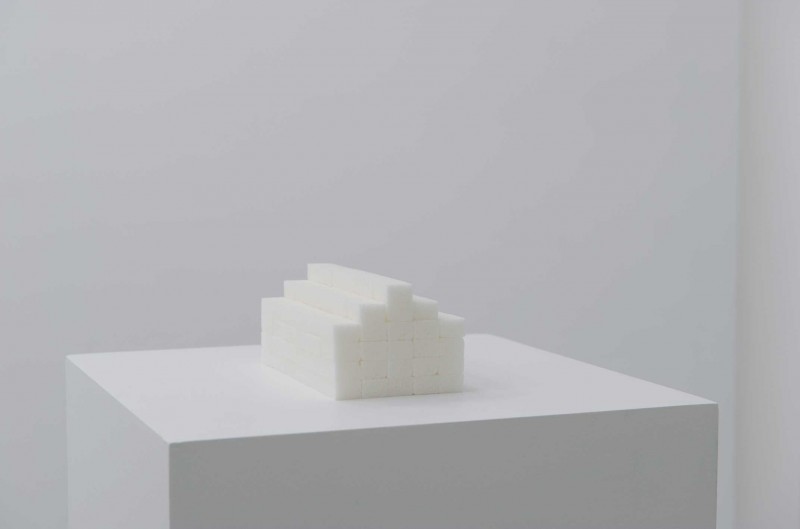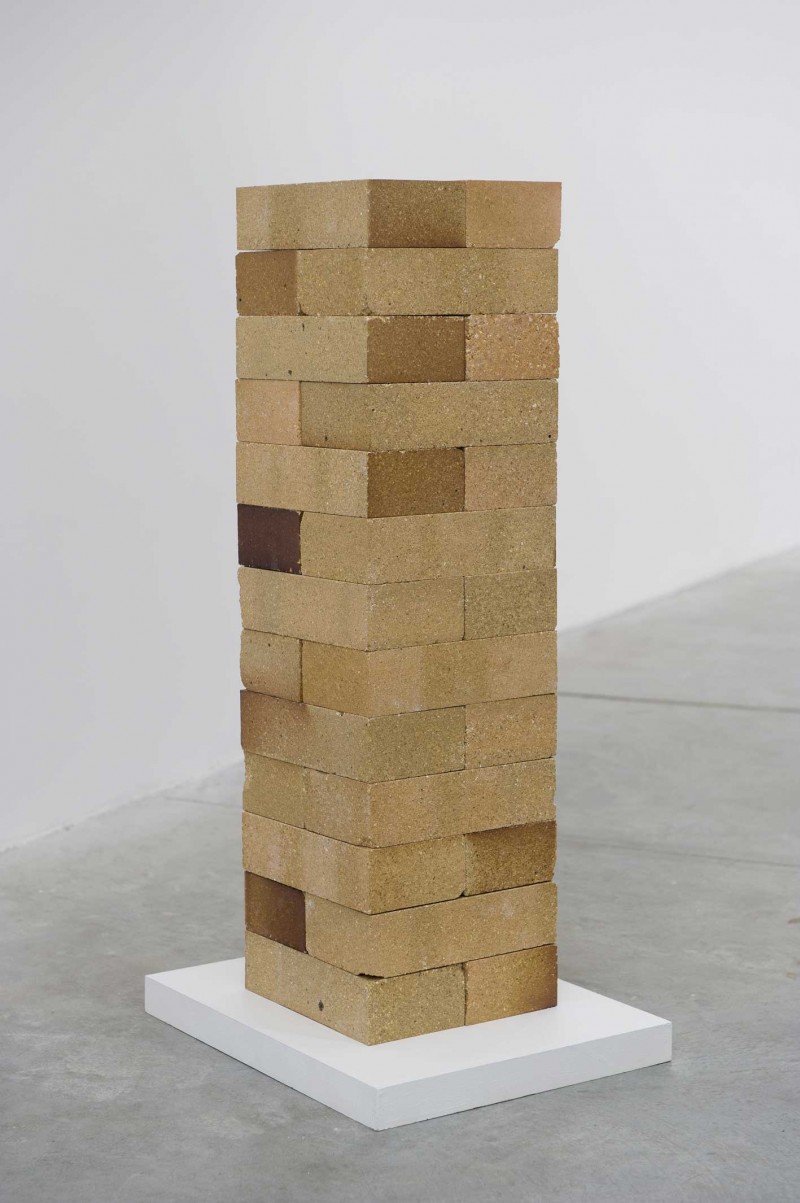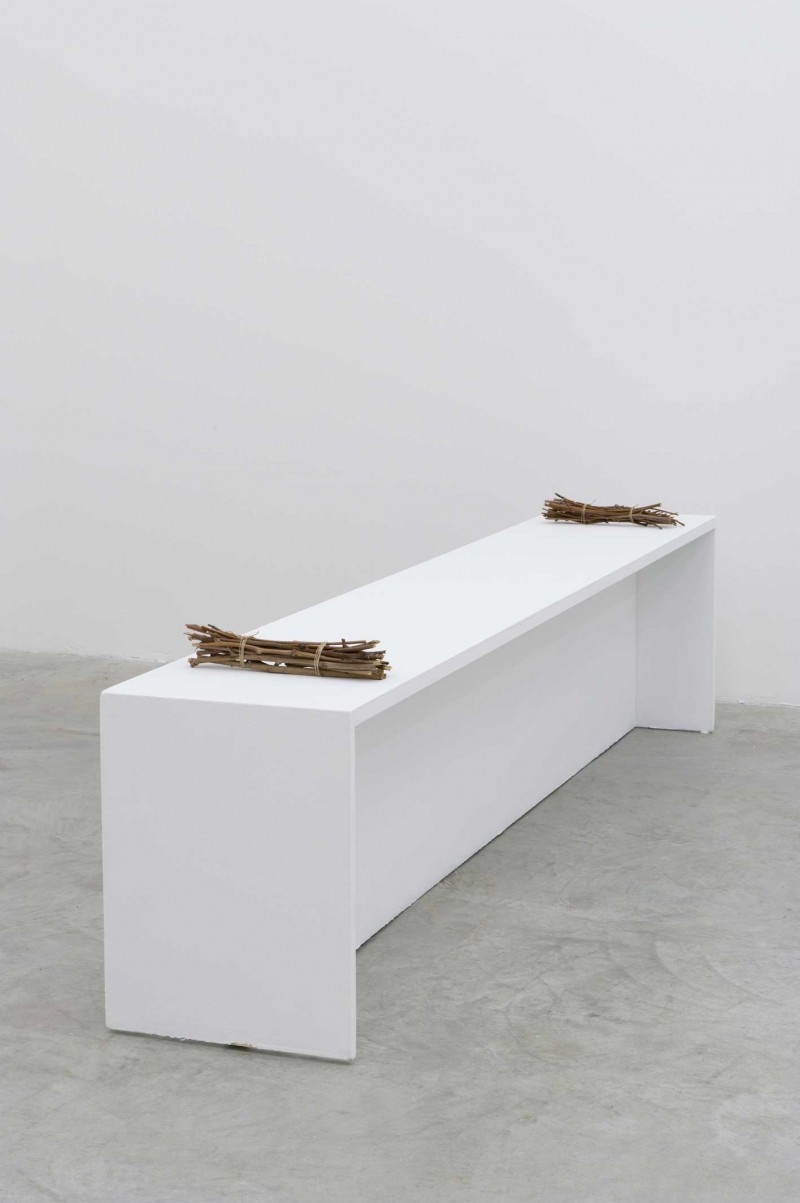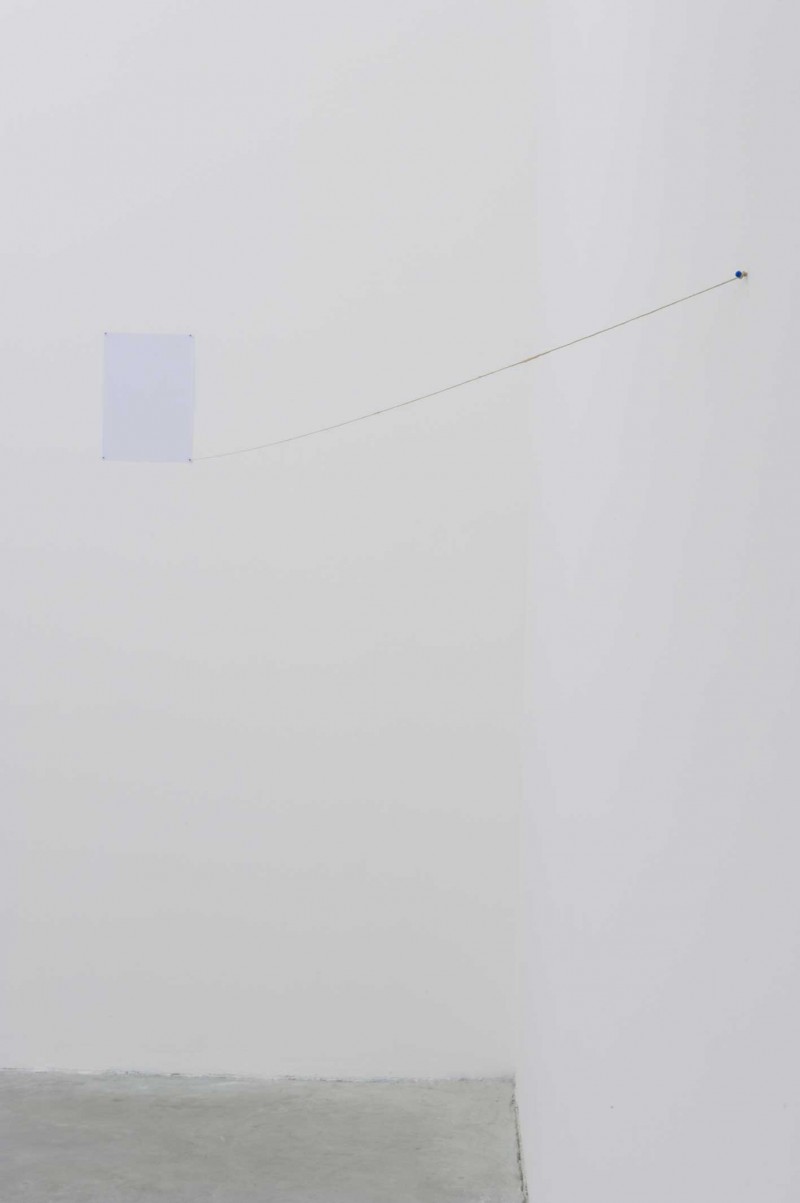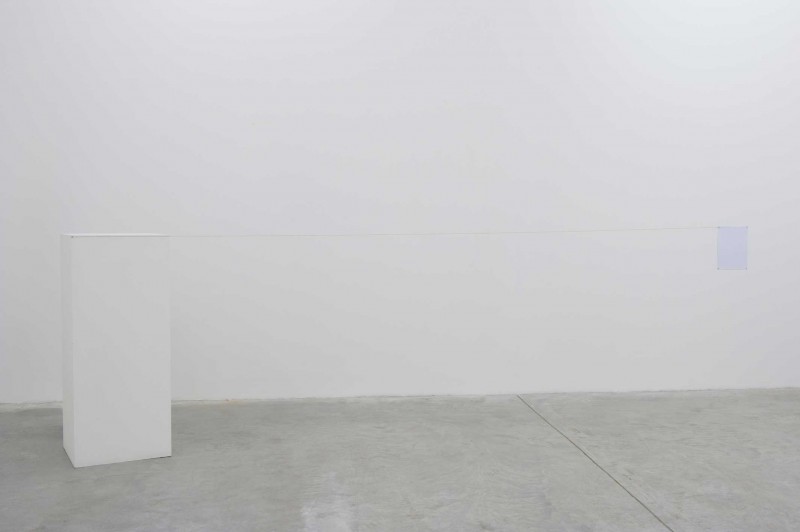Jiří Kovanda: In front of the Museum at Four ?
Solo exhibition by Jiří Kovanda
gb agency
From November 8, 2012 to January 12, 2013
“Today, people show a lot of interest to the political aspect of my works from the 70s. At that time that aspect was indeed a fact but what mattered more was a personal and psychological dimension. Today the political issues have taken over and so the priorities have been reversed. When I was doing these works, my main concern was that they might be understandable by everyone. That was my goal : the accessibility and the readability of my work. I do believe that what influences human beings and their construction are profound and intimate things, rather than the social and political context.”
Jiří Kovanda
Extract from an interview with Guillaume Désanges (2007)
GD : Jiří, do you consider humor as a material ?
JK : Yes, this is very important. Humor and irony are essential. And the fact that I am using means of expression that are not officially recognized as art contributes to this dimension.
GD : I think your work is operating more precisely as a series of anomalies : slight changes to the ordinary flow of things but without being extraordinary or provocative for all that. Shifts that are almost invisible, but nevertheless undoubtedly deliberate and absolutely not accidental.
JK : Exactly. And the more this anomaly gets closer to the invisible, the not perceptible, the better it is. These modifications are not very strong nor agressive.
GD : One of the most important things for me and the reason why I love your work, is its particular economy. That is, how to get a maximum of sensitive or conceptual effects with the minimum means. You make all your performances and all your works without any tools or props, using only very simple gestures, more or less instinctive. To not use any new object, to use what is already there, recycle things or gestures : could we in fact talk about an “ecology” of work rather than an economy of work ?
JK : Yes, absolutely, and this is for me one of the most important things. The use of the most common and accessible things. This is what excited me the most when I discovered conceptual art : the fact that we don’t need any material or specific skills to create something. From the beginning, the starting condition was : I will use nothing but my own body. The question of recycling is what makes the link between all the things that I’ve done : to always use already existing things but transforming them. It was already the case in my early works, paintings I was making using drawings taken out from art magazines or science books, for example. It was already the reuse of a quote or of someone else’s way of doing.
GD : Your work often sets limits between art and life in terms of visibility, economy, audience, etc. What makes it art and not an attitude ?
JK : When I was doing these actions in the 70s, even if there was almost no audience, even if they were almost invisible, there was no doubt for me that it was art, that I wanted to do art. It’s this intimate belief, very profound and very assertive which makes it art. I believe this is enough.






